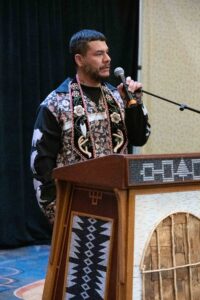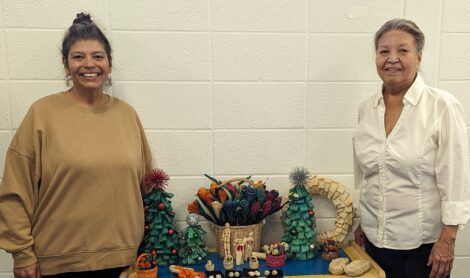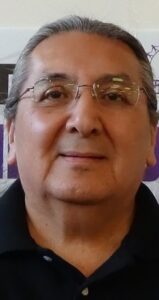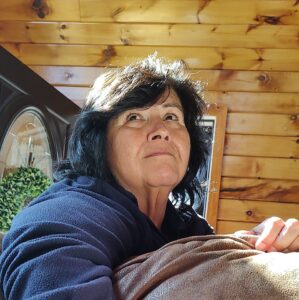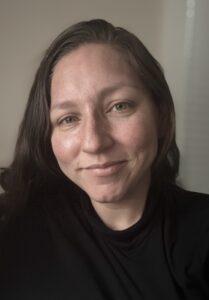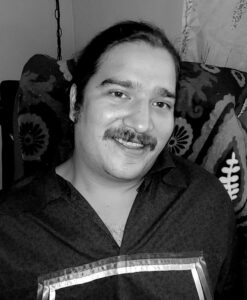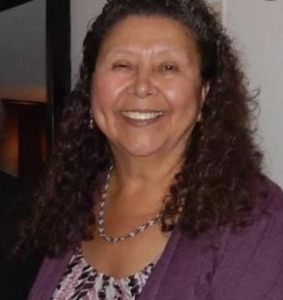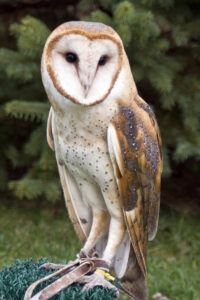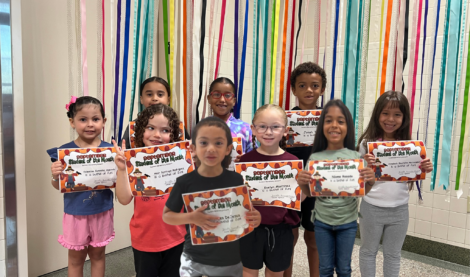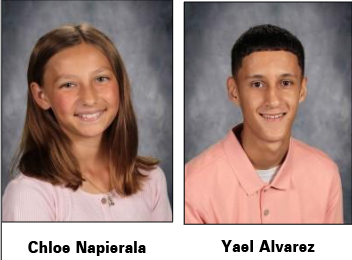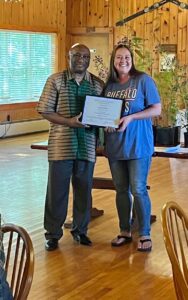Cultural connections: Library sets Native American month speakers
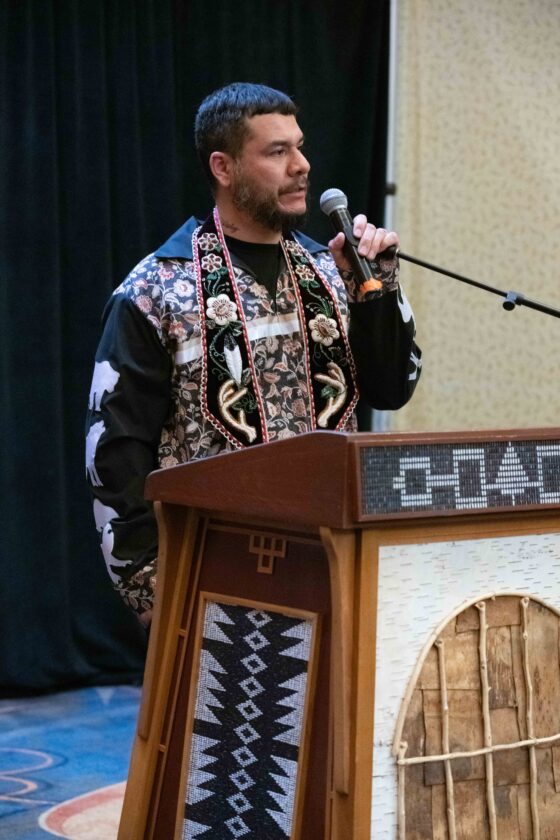
Hayden Haynes
SILVER CREEK — Anderson-Lee Library, located at 43 Main St. announces the schedule for the annual speaker series in honor of Native American Heritage Month.
All programs are free and open to the public. Please register for the programs by calling 716-934-3468, stopping by the library, or visiting our website at www.andersonleelibrary.org, and clicking on the events tab. All programs on Tuesday and Thursday evenings start at 6 p.m. and Saturday programs begin at noon. Saturday programs are for children and their grownups.
— Saturday, November 1, noon — Whitney Nephew, “Niyoiwa’s’a:h Edwawenoyede:’ (We’ll Get to Know a Bit of Language).” In this children’s program we’ll learn a little “about” Onodowa’ga:’ gawe:no’, but most importantly, we’ll do our best to use it! Through simple games, stories, and songs, we’ll work our way through some new sounds and new words. Content will include traditional Seneca stories, along with a Cherokee story of the Great Ball Game, as told by Whitney’s late-great-grandfather, the Rev. Walter David Owl. Although this is geared toward children, all ages are welcome! Nephew is a first-generation descendant of the Seneca, Deer clan, and is enrolled Seneca-Cayuga of Oklahoma. While the last fluent elder in her family line was her great-grandmother, Janie Crow Owl, who spoke Cayuga, Whitney is a second-language speaker of Onodowa’ga:’ gawe:no’, the Seneca language. Whitney spent two years of intensive study with Deadiwenohsnye’s Gejohgwa’ (Seneca Nation Immersion Department) followed by several more years in conversation with Seneca elders from the Cattaraugus and Allegany territories.
Today, Whitney’s family is among a growing community of proficient adults whose children are being raised bilingually via natural acquisition. This model of strictly immersive childcare and teaching is now practiced professionally at Eyetinetsinehsho’, a language nest run by the Seneca Nation.
— Tuesday, Nov. 4, 6 p.m. — Hayden Haynes, “Creating a Common Memory – A snapshot of Colonialism, Past and Present.” This presentation traces the inception of the basic concepts of colonialism in Europe, and how those ideas transformed into the infiltration of the Americas. Using broad strokes, Haynes will provide context to break down misconceptions of the myths of America up until present day.
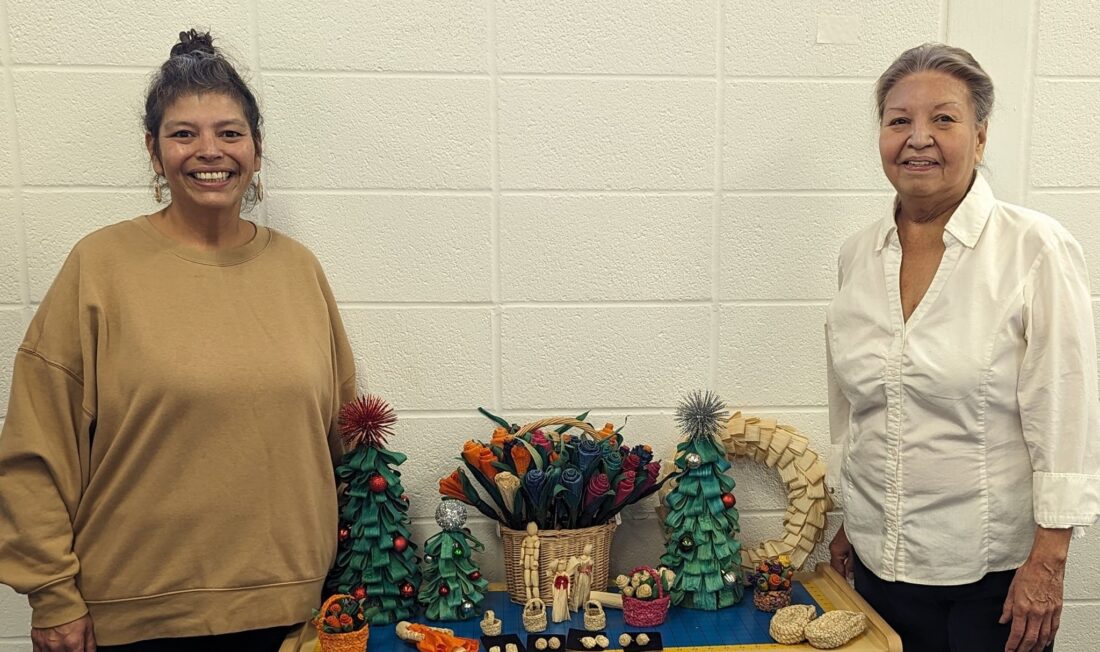
Bernadette Scott and Marcy Kane
Haynes, Seneca, Dear Clan, is an antler carving artist working deeply in cultural arts revitalization and teaching. A self-taught artist, Hayden’s current art practice involves working across the mediums of antler, found objects, mixed media, and digital photography.
See SPEAKERS, Page D6
Born in Claremore, Okla., Hayden grew up on the Seneca-Cattaraugus Territory in Western New York.
It is from here where he draws inspiration related to land, history, and culture for his artwork, which gives his pieces strong personal and emotional components. Whether his art touches on the Native experience, identity, or resiliency, Hayden’s work is always created through a self-perspective framed Native lens sharing his experiences, knowledge, and observations of living among his community.
He has been supported through acquisitions, exhibitions, and grants by various institutions, including Cornell University, Museum of Fine Arts Boston, Brooklyn Museum, New-York Historical Society Museum & Library, New York Folklore Society, The Center for Craft, and the New York State Council on the Arts, among others.
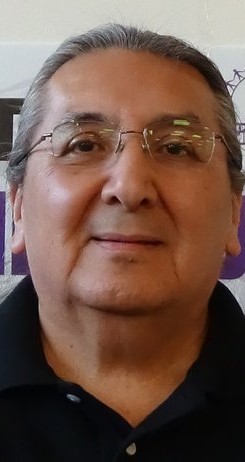
Flip White
In addition to his life as an artist he serves his Seneca community as the director of the Seneca Nation Onohsagwe: de’ Cultural Center (SNOCC), which houses the Seneca Nation of Indians’ Seneca-Iroquois National Museum (SINM), and Archives. Hayden is dedicated to amplifying the voices of the Senecas, enhancing cultural revitalization with lasting impacts for the future, and serving his people. His is number one aim is to build-community in all that he does.
He currently lives and works in Seneca-Allegany Territory.
— Thursday, Nov. 6, 6 p.m. — Flip White, “Education of the Heart.” Education is one of the best tools that we can use to make our world a better place. This evening’s discussion will examine the humanistic/ethical side of our educational path.
White, Seneca Nation, Wolf Clan, has previously served as a Tribal Councilor for the Seneca Nation, is the former Director of Career Development at Seneca Gaming as well as a former Education Director for the Allegany Territory. A military veteran, White is now retired and was elected to the Salamanca City Central School Board and continues to work with the non-profit Agwadeyesta’ Do:ge:h which means “We learn together.”
— Thursday, Nov. 13, 6 p.m.: A Conversation with Seneca Women, Agnes Williams and Maria Maybee. Williams and Maybee, distinguished women from the Seneca Nation, will share experiences, insight, and perspectives in conversation with attendees. Agnes and Maria have led their lives guided by indigenous values and teachings, and have organized, supported and inspired efforts to nurture, strengthen and reclaim health and well-being for families, community, and Nation. The program will be moderated by Wendy Huff.
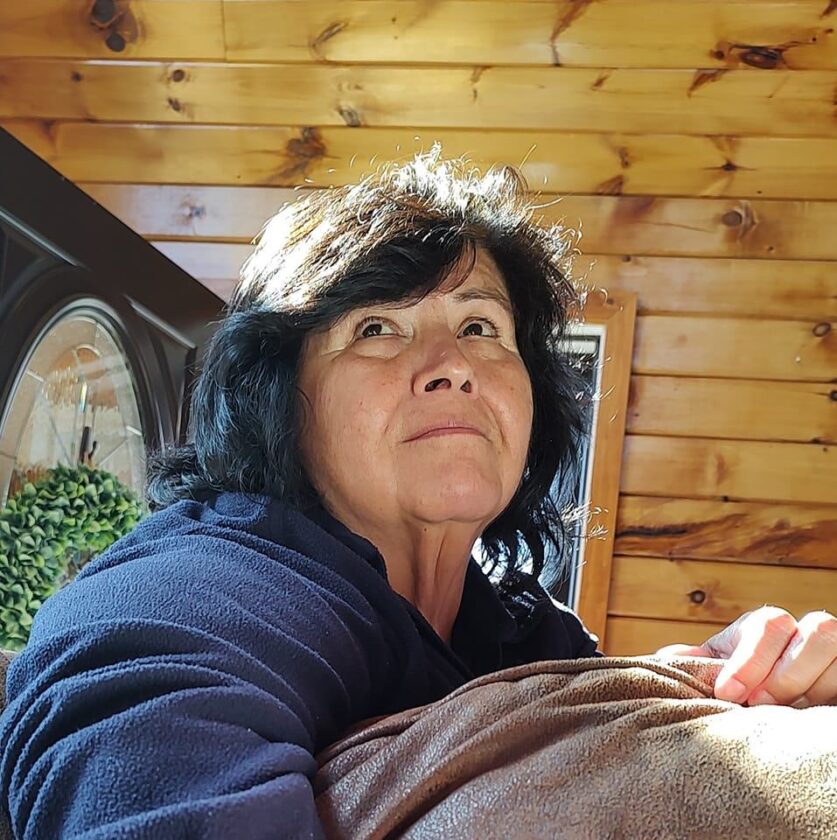
Williams (Seneca, Wolf Clan, Cattaraugus Territory) is a Mother, Sister, and Auntie. She is an advocate for human rights, peace, and justice, and actively organizes and participates in non-government organizations and within the Seneca Nation government. Agnes currently works with the Indigenous Women’s Initiatives/Network (Buffalo and Austin, Texas). She has earned the Doctor of Humane Letters and a Master’s in Social Work.
Maybee (Seneca, Heron Clan, Cattaraugus Territory) is auntie to many and a Citizen Scientist, She is a founding member of Cattaraugus Creek Water Walkers The group gathers every year on the Saturday closest to Earth Day. They walk for creation, the Healing of the Waters, and for a Nuclear Free Future. Every step is a prayer for the Cattaraugus Creek that holds the legacy of contamination from the West Valley Nuclear Waste facility and the Peter Cooper Tannery and Superfund Site.
— Saturday, Nov. 15 at noon — Cornhusk Dolls with Bernadette Scott and Marcie Kane.
Learn the how to make a traditional, Haudenosaunee cornhusk doll, using techniques acquired through the generations. This is an opportunity to engage and exchange in cultural learning through a unique, hands-on workshop. This workshop is for children and their accompanying grownups.
Scott, Onodowa’ga:’ (Seneca), deer clan resides on the Seneca Nation, Cattaraugus Territory, currently, a PhD (1st year) student within Indigenous Studies at the University at Buffalo, Board of Trustees member at the Seneca-Iroquois National Museum (SINM) and Haudenosaunee artist. Lifelong learning has always been a way for her to conceptualize and incorporate Haudenosaunee history, art, and personal lived experiences. She received a M.A. in American Studies from the University at Buffalo, B.S. in Audio/Radio Production with a minor in American Indian Studies from the State University of New York at Fredonia, A.A.S. in Travel and Tourism from Paul Smith’s College, Artist in Residency (2022-23) participant, and a featured artist (2017) at the SINM. For 20+ years, Bernadette has been demonstrating and conducting workshops, making traditional Seneca (no-face) cornhusk dolls, flowers, braided cornhusk moccasins, and baskets throughout Turtle Island at libraries, schools, museums, colleges/universities, organizations, and groups of all ages. Incorporating the significances of corn within Haudenosaunee communities, including the Three Sisters, is a vital component to sustaining Our knowledges for future generations.
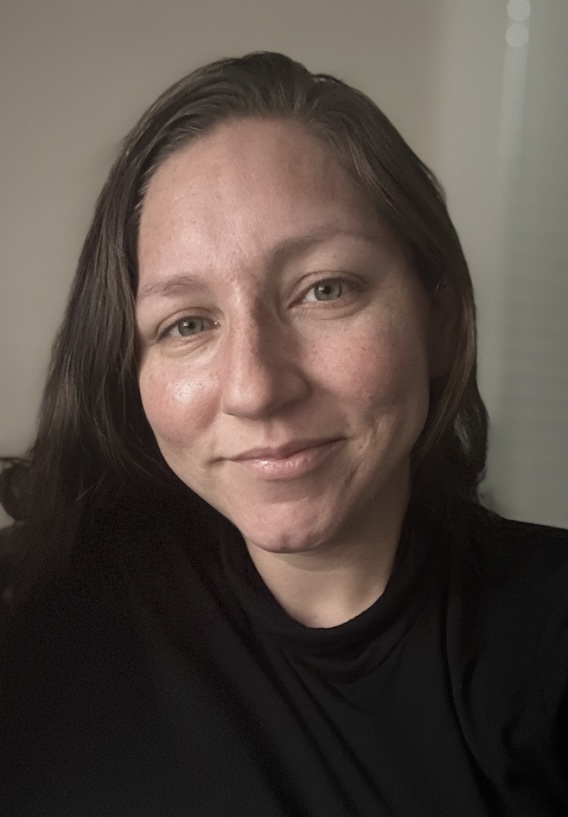
Whitney Nephew
“I continue to explore opportunities to share my knowledge of cornhusk dolls, and other forms of contemporary cornhusk art. It’s an honor to carry on the art of cornhusk doll making that’s been taught to me by my (late) Ak:sod (Grandma) Lillian Kane. With a good heart, good mind, I’m thankful.” Nya:weh
Kane, a member of the Seneca Nation, deer clan, residing in Pinewoods on the Cattaraugus Territory, is an accomplished artist creating beadwork, dance clothing, and cornhusk dolls. Marcy has carried on the traditions, beginning with her first cornhusk doll at age 13 and has been sharing her craft for over 30 years.
The cornhusk doll has no face reminding us that no one is better than anyone else, we must always work together, Creator only has that ability to give us our facial features, and a lesson in vanity.
Kane’s mother, late Lilian, learned how to make cornhusk dolls from her grandmother and has taught her daughters and granddaughters, ensuring the art of cornhusk doll making has been passed down through several generations. She has been dancing since she could walk, she danced fancy, traditional and jingle dresses. As a lifetime member of the Buffalo Creek Dancers, she has performed all over Turtle Island, including at the Smithsonian National Museum of the American Indian in Washington, D.C., in an effort to share her native culture with everyone.
— Tuesday, Nov. 18, 6 p.m. — Richie Sasala, “Treaties and Sovereignty: An Introduction.” Discover how historic agreements between the Haudenosaunee and governments still shape rights, relationships, and sovereignty today. Learn the history and language, explore key treaties, and see why they remain living documents for Native and non-Native communities alike.
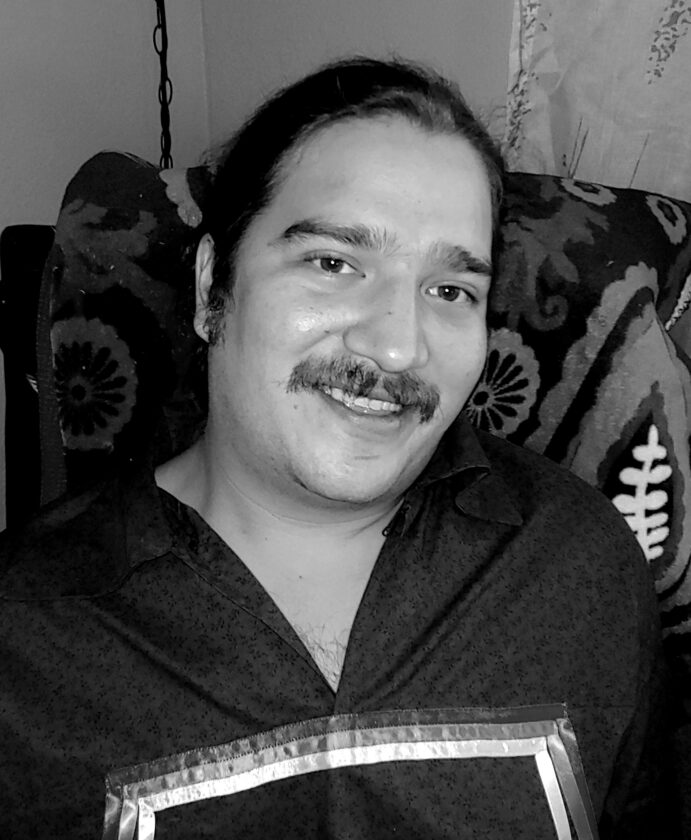
Richie Sasala
Sasala, Cayuga Nation, Turtle Clan, has dedicated his career to preserving and sharing Native American history, working extensively in education, oral history, and storytelling. Sasala has made a significant impact on education in local Native communities, as well as teaching Native American Film, Haudenosaunee Studies, and Social Studies in local school districts.
- Hayden Haynes
- Bernadette Scott and Marcy Kane
- Flip White
- Whitney Nephew
- Richie Sasala
- Agnes Williams
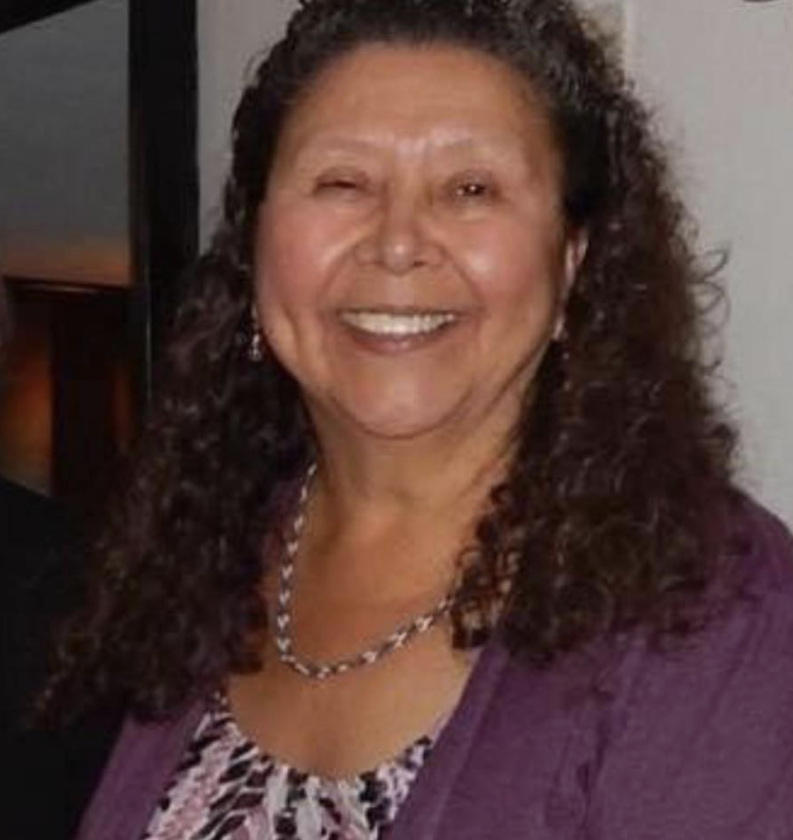
Agnes Williams

